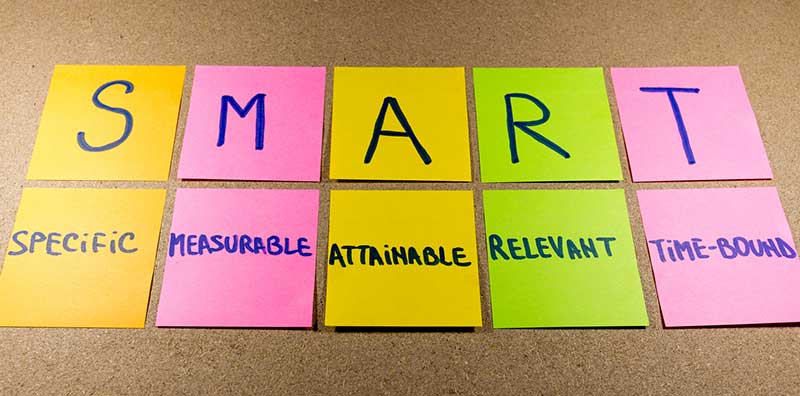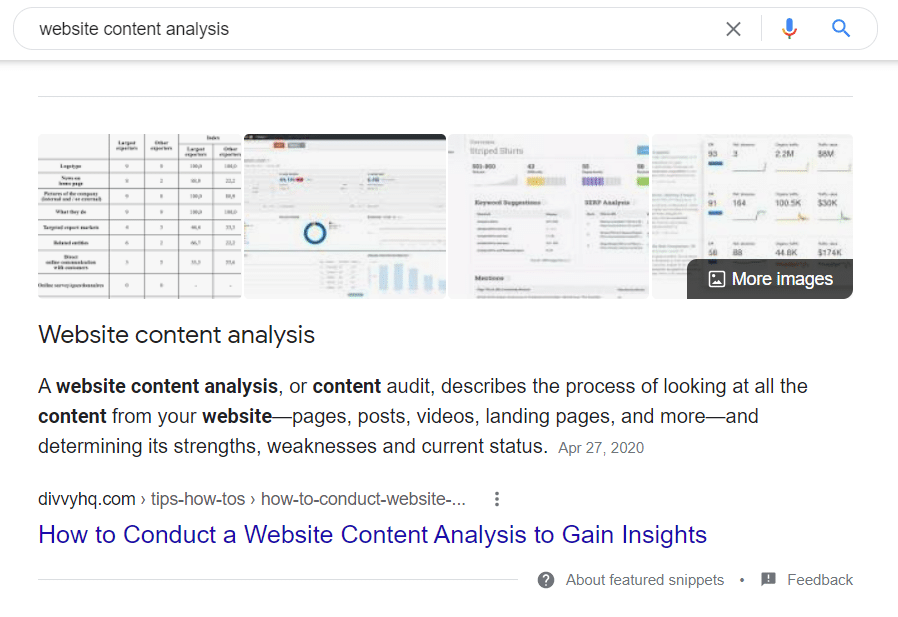Why is your company creating content?
Seems like a pretty simple question, doesn’t it? Unfortunately, it’s not uncommon for marketers to have a hard time articulating their content mission or purpose of their various content initiatives. There are way too many shotguns and spam cannons in use today. And vague answers like “building brand awareness” or “to generate more leads” don’t count in our book.
You need to dig deeper. You need to create a purpose that delivers a specific value for the targeted recipient of your content.
If you’re investing in content marketing, then you are playing the long game for your company’s growth. At the heart of your content strategy, you’ll define your specific objectives.
These content marketing goals relate to three areas: reach, engagement, and sales. They are the foundation of your marketing strategy.
In this post, we’ll discuss how to set specific goals and what to measure to understand achievement relevant to reach, content engagement, and sales. As with everything else, it starts with building a business case for content marketing.
Understand the Business Value of Content Marketing
At the heart of goal setting is defining the value of your efforts. Determining the business value of content marketing should be part of your content strategy. The ROI (return on investment) of content marketing is measurable and within those metrics, is the value.
Before developing your goals, you need to think about the return you expect from content and how that translates to business value. To identity that value, it’s critical to consider what goals align with content marketing.
Define Your Content Mission
Meghan Casey, owner of Do Better Consulting, suggests finding your organization’s core content strategy (or mission) by breaking it down into four smaller questions:
- Content product: What content should we produce, procure, curate, and share?
- Audience: Who, specifically, is that content for?
- User needs: Why do those audiences need or expect that content from us?
- Business goals: What outcomes does providing this content help us achieve?
Answers to these questions will help you craft a content mission statement that steers your focus as you make individual, content-related decisions. For example, let’s say you’re evaluating a few ideas, angles, and messaging for upcoming articles. You’ll need to know things like does each content idea support your mission? Or are you just seeding a piece of fluff to appease your sales team?
Once you’ve crafted your mission statement, you’ll get extra brownie points for broadcasting it in a location easily located by your audience. Don’t forget to keep your content creators on track by continuing to reinforce it in meetings, on walls, or via internal company communication.
In a nutshell, draw clear connections between your company’s mission and your content goals. Then identify the activities and channels that will help you get closer to the goals
Know How Common Content Marketing Goals Relate to Your Brand
Research from the Content Marketing Institute (CMI) shows that the leading goals of most B2B companies are brand awareness, educating audiences, building credibility and trust, and generating leads.

Image Source: CMI
How do these top goals deliver value to the brand? Generating leads is the easiest link, as it relates to sales. The others also tie to the fundamentals. Brand awareness aligns with reach. Educating and building trust satisfy engagement.
This list is a good start for actually defining your goals. We’ll get to that next.
Set Specific Content Marketing Goals
In the list above, the goals are broad. They don’t have granularity or context. When you’re developing real-life goals for your content strategy, you’ll need to be more specific. Further, the specificity may differ since enterprise teams often have many lines of business.

Start with SMART goals:
- Specific: The goals are granular and narrow.
- Measurable: Metrics exist to evaluate the success of the goal.
- Attainable: You can reasonably accomplish this with the resources and tools available.
- Relevant: Goals should align with the business objectives of your organization.
- Time-bound: Set a realistic end-date for reaching the goal.
Looking at the fundamentals in content goals, reach, engagement, and sales, you’ll want to use this approach to document your goals.
Apply SMART to Reach, Engagement, and Sales
Next, let’s breakdown how to use the SMART process to define goals relating to the fundamentals.
Reach Content Goals
First, what does reach mean? Reach doesn’t have one definition. In general, it tells you how visible your content is to audiences. The more you expand your reach, the more likely you are to drive traffic to your website and earn conversions. You can achieve reach with many tactics, and most tie into content distribution.
Reach Channels and Metrics
Social media platforms:
- Reach is a metric for any platform. It defines the extension of your content, usually through shares.
- Sample Goal: Improve LinkedIn reach by 10 percent in six months by posting more often and creating one to two paid ads.
Organic SEO:
- The visibility of your content on search engines enables reach as well, because when your content ranks high for a search term, more clicks occur.
- Sample Goal: Improve ranking for 10 keywords by 20 percent in nine months by developing more content on a set of very focused keywords.

Paid ads:
- No matter the channel—search engine, social, or banner ads—you can determine reach based on impressions of your ads divided by actual clicks.
- Sample Goal: Improve click-through rate (CTR) on Facebook ads by 10 percent in three months by perfecting your targeting and message.
Engagement Content Goals
Engaging an audience is the best way to get them to become your customer. Content marketing is all about engagement, as its goal is to deliver high-quality, consistent, and relevant content to a specific group.
Engagement Channels and Metrics
Email marketing:
- Opens, CTRs, and unsubscribes tell you about engagement in this channel. Goals should focus on improving opens and CTRs while decreasing unsubscribes.
- Sample Goal: Increase the open rate for emails by 10 percent in six months by testing A/B subject lines.
Social media:
- All platforms provide engagement metrics, which identify the interactions followers had with your post—liking, commenting, and sharing. The higher the engagement, the more often the content will be part of their feed.
- Sample Goal: Boost engagement on Twitter by 10 percent in three months by posting more content that performs well on this channel.
Website:
- You can determine your website’s engagement with four key metrics: pageviews, sessions, session duration, and bounce rate. As long as the first three are trending up, your website is engaging. Ideally, you want the bounce rate to decrease. As a caveat, the bounce rate often needs more context because bounces aren’t always negative.
- Sample Goal: Achieve a 20 percent pageview increase in three months by increasing content production and distribution.
Sales Content Goals
The metrics around sales content goals are pretty straightforward. It is closed sales or won business deals that are attributed to content marketing. Attribution can be a bit tricky if you don’t have a defined content analytics process. Ultimately, you’re looking at if content marketing was the referrer to the conversion. These are true inbound leads that came from SEO, social media, and digital ads.
- Sample Goal: Drive 10 percent more sales attributable to content marketing by leveraging organic and paid channels.
Want a Deeper Dive?
Our new updated ebook, The Definitive Guide to Planning a New Content Initiative, gives you an in-depth look into this topic with actionable ideas on how you can go about content planning yourself. There’s also a line-by-line breakdown of a real company’s content mission statement. Do the exercise yourself and get started on the road to setting and achieving your content marketing goals.
Content Marketing Goals: Why You Do What You Do
Content marketing, just like any other field, won’t produce results without goals. Haphazardly publishing content or posting on social media isn’t a strategy. Goals are what define your path and the “why.”
The best way to leverage content marketing is through a goal-oriented environment. Staying focused on goals around reach, engagement, and sales are easier when you have an organized ecosystem, which includes tech tools like DivvyHQ’s content marketing platform. See what it can offer you, today.

